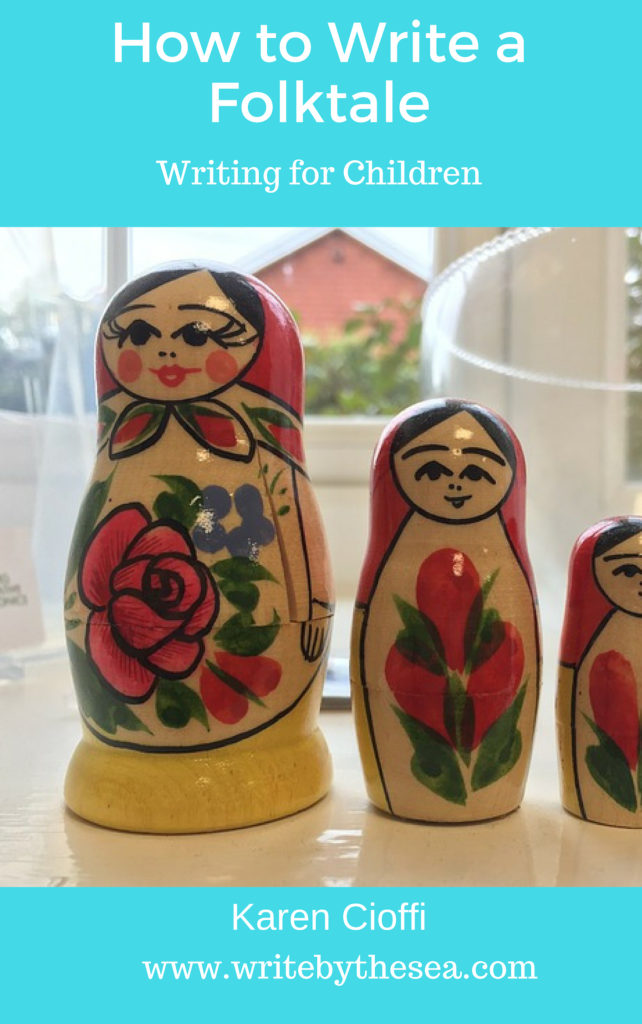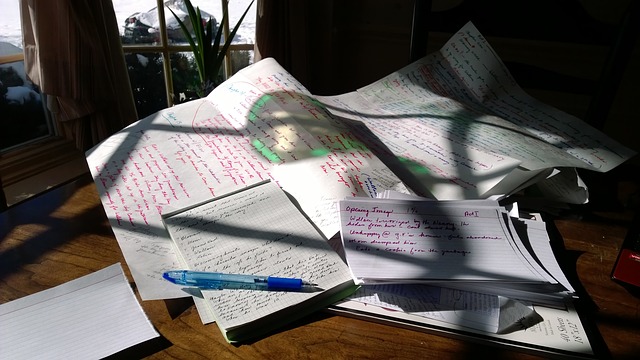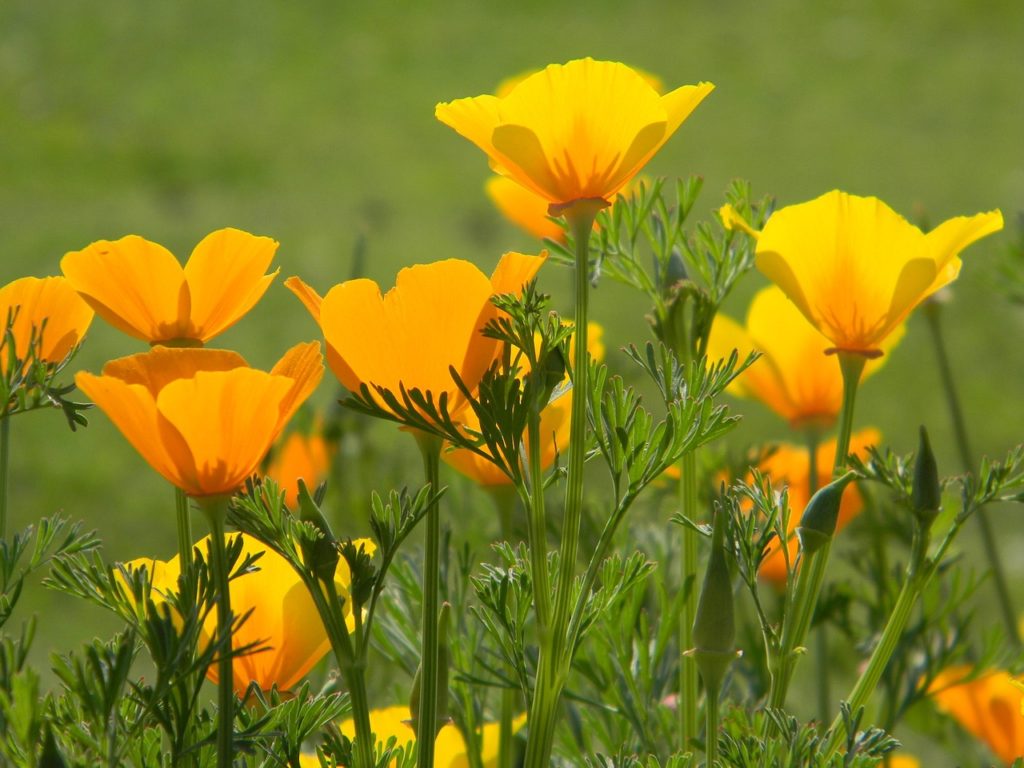When a writer’s muse seems to be on vacation, she may be at a loss for story ideas.
While there are a number of sites and tools online to help get the creative juices flowing, one tool that writers might overlook is studying folktales.
Reading folktales is a great way to spin a new yarn, especially for children’s writing.
I recently did a review of a children’s picture book published by Sylvan Dell that was based on an American Indian folktale.
This shows they are publishable.
Folktales, also known as tall tales, and folklore, are stories specific to a country or region.
They are usually short stories dealing with everyday life that come from oral tradition that is passed from generation to generation.
Most often these tales involve animals, heavenly objects, and other non-human entities that possess human characteristics.

There is Mexican folklore, Irish folklore, Chinese folklore, as well as folklore from many other countries that have tales unique to their area.
There is also American folklore that encompasses stories from each of the 50 states.
There is a huge supply of stories to spin and weave.
In addition to reviewing a couple of published children’s books that were based on folktales, I wrote a children’s fantasy story based on an ancient Chinese tale.
Interestingly, prior to receiving an outline of the tale from a Chinese nonfiction writer I knew from one of my writing groups, I never thought of rewriting folktales.
But, once given the outline, I loved the story and the message it presented.
The outline itself was very rough and written with an adult as the main character (MC), which is often the case with very old folktales.
After reading the story I knew the MC would need to become a child.
I think every children’s writer is aware that children want to read about children, not adults.
And, the MC needs to be a couple of years older than the target audience the author is writing for.
Based on this, I decided to make my MC a 12-year-old boy.
And, since I liked the ancient Chinese flavor of the story, I kept it and made the story take place in the 16th century China.
After this was set, I needed to come up with a title and the MC’s name.
When choosing a title for your book, it’s important to keep it in line with the story and make it something that will be marketable to the age group you’re targeting.
I chose Walking Through Walls.
As far as the character’s name, you will need to base it on the time period and geographic location of the story, unless the character is out of his element.
Since my story was to take place in China, I kept the tales main character’s name, Wang.
To keep the flavor of your story consistent, you will also need to give it a feeling of authenticity.
This will involve some research.
How did the people dress during the time of your story?
What names were used?
What did they eat?
What type of work or schooling was available?
What locations might you mention?
What type of crops and vegetation would be present?
What types of homes did they live in?
There are many aspects of the story that you will want to make as authentic as possible.
And, it does matter, even in fiction stories; it will add richness and authenticity to your story.
The next time you’re in the library, ask the librarian to show you a few folktales.
Then imagine how you might rewrite one or more of them for today’s children’s book market.
About Karen Cioffi
 Karen Cioffi is an award-winning author, ghostwriter, freelance writer, editor, and online author/writer online platform marketing instructor. She is also the founder and manager of Writers on the Move (a promotional group of authors/writers utilizing cross-promotion), and owner of Karen Cioffi Writing Services.
Karen Cioffi is an award-winning author, ghostwriter, freelance writer, editor, and online author/writer online platform marketing instructor. She is also the founder and manager of Writers on the Move (a promotional group of authors/writers utilizing cross-promotion), and owner of Karen Cioffi Writing Services.
For more information about writing for children visit www.karencioffiwritingforchildren.com.
Learn how to create characters for your children’s story here.
Note: This post may contain some affiliate links for your convenience (which means if you make a purchase after clicking a link I will earn a small commission but it won’t cost you a penny more)! Read my full disclosure and privacy policies...







Marge, glad you found it interesting!
Melissa, I loved rewriting a folktale – it takes the work of coming up with an idea and creating an outline out of the way. I’ll be using this strategy again one of these days.
Sheila, I’m so glad the article is timely for you!
Thanks for taking us through your process. Great points and better story.
Hi, Pauline,
To answer your question, yes, people rewrite folk tales and fairy tales all the time. Good luck with your stories.
I was just contemplating this very thing after purchasing a book of folktales at an estate sale. Thank you so much!
Thanks, Marge.
Great article with some meaningful ideas and tips. While not my genre, I gleaned much from the last portion. The questions and comments will serve well on research for any article.
I will look forward to more from you and will share.
Susie
http://www.susiekinslowadams.com
I have read many “retold” folk tales in magazines like Cricket but have never attempted to write one myself. Thanks to your informative article, I just may give it a try! Thank you for sharing your experience!